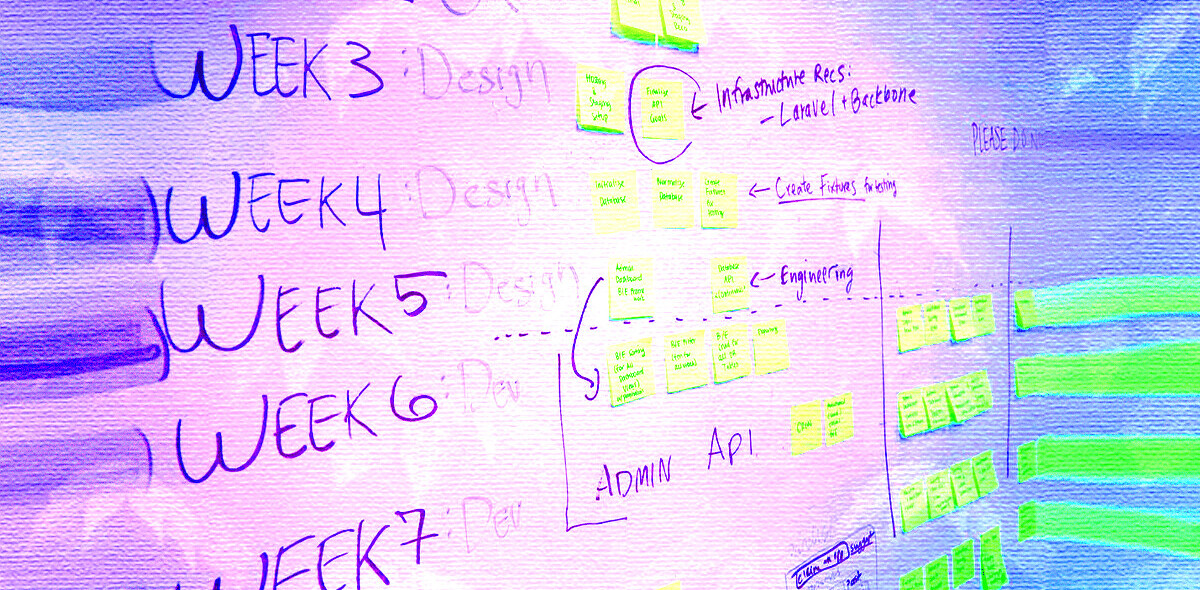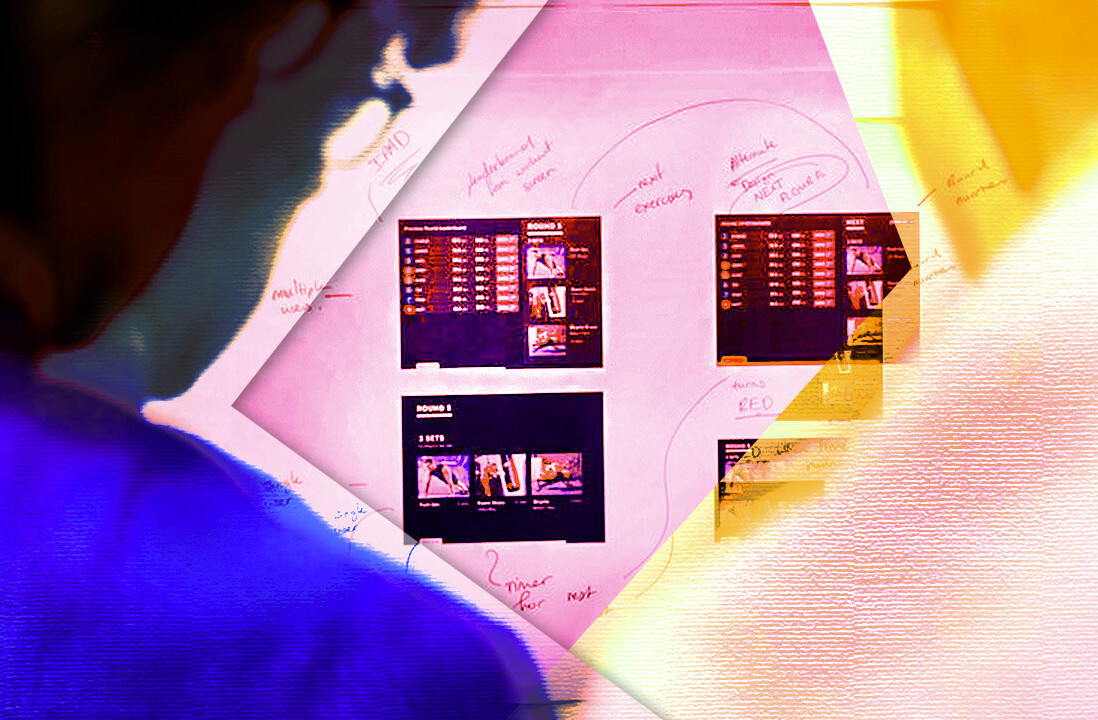
Design is often thought of as something pleasing to the user’s eye. With good design principles, companies gain a strategic advantage at creating an experience their customers like and want to return to.
But design thinking is a more comprehensive and holistic approach to problem-solving. While it’s deployed in many different industries, banks are increasingly using design thinking to build stronger services that solve user problems.
Such innovations can be found in fintech, self-service apps, and other elements of the financial industry. ABN AMRO uses design thinking with its own products, serving as a model for how this mindset can be put to use in banking.
What is design thinking?
There are many different approaches to design thinking, a term that goes as far back as the late 1960s. But in essence, it can be summarized as a mode for solution-based problem-solving. Think of design in this context as less of a noun and more of a process.
A good introduction to the concept is offered by Hugo Koster, a design thinking trainer at ABN AMRO.
“With design thinking, you work in a continuous feedback loop. When working with colleagues, you just show them your product and use their feedback to adjust it to their needs,” he said.
One of the key pillars of design thinking is focusing on the customer. To banking institutions, this is critically important. They are confronted with a growing number of competitors, while the way customers interact with their bank is also changing rapidly. Much of that journey now involves mobile devices and an internet connection.
According to Koster, the customer should always be kept in mind: “In order to understand your customer’s needs, you need to understand what kind of people they are. In order to become smarter as a team, and to think of better ideas, you need to understand what kind of people are on your team.”
Understanding needs
The key to design thinking, Koster says, is to not just find a solution that easily solves the problem or creates a series of easy-to-follow steps. Instead, through collaboration, you are required to really listen to your teammates and use their feedback. This will help you to come up with a solution that will benefit the customer.
“We have seen that if you really understand what your colleagues’ needs are, and if you are really empathetic, you could even come to insights your colleagues weren’t aware of. Because you help each other identifying the bottlenecks, you better understand what someone needs, as opposed to developing something that no one will actually use. So with a tool like design thinking, you are able to create the best suitable product and the most efficient user experience.”
When creating a product or experience, only looking at user data or different combinations of usability tests doesn’t fully cut it. Customers connect with a product in a number of different ways that can’t always be measured. Design thinking is more process-driven, believing that small iterations will bring you further down the road to an experience that matches up best with the brand and what customers expect.

Design thinkers need to focus on the solution while making sure that they are solving the right problem. This means asking “why?” in response to every offered solution and hammering down the details. As a result, teams are stirred away from solving different problems in a similar manner every time.
Just as important, it creates a more empathetic connection with the customer. Design thinking is meant to tap into the human element, solving the problems for users that can’t always be addressed with an algorithm. Teams are pushed to challenge themselves to build software solutions that create a worthwhile experience.
There are practical, business benefits to this approach. According to a 2014 assessment by the Design Management Institute, design-led companies like Apple, IBM, Nike, and Whirlpool outperformed the S&P 500 over the past 10 years by 219 percent.

How banks can take advantage of design thinking
Such a competitive advantage can also be used by the banking industry. ABN AMRO has been one of the leaders in this area. The company, for example, is a major proponent of Dutch design and sponsors Dutch Design Week.
Banks have to adapt to an era in which the major Internet players are making inroads to their business. Services like Apple Pay are becoming ubiquitous as an easy and preferred way to pay for services.
ABN AMRO has its own Innovation Centre that trains employees in becoming design thinkers. Team members are taught to innovate their way to better outcomes.
Koster sees the bank of the future as one that’s strongly focused on the customer. Now that customers can choose from a wide variety of mobile experiences, crafting the ideal experience has become essential.
“Seen from a design thinking principle, we now live in the age of the customer. The customer has never had so much power, while only using a mobile device. In order to keep up with the evolving world, we are reshaping our IT landscape. This means investing in new technologies and joining forces with fintechs. The bank of the future will look like an IT company with a banking license and will be driven from a customer’s perspective.”
Get the TNW newsletter
Get the most important tech news in your inbox each week.
Whatever your specialism, with ABN AMRO your talent and creativity will help build the bank of the future. Find out what it’s like to work for ABN AMRO and learn more about their exciting job opportunities.






